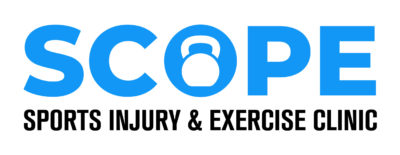Background information
What is it?
Plantar fasciopathy (plantar fasciitis) pain is a common foot condition. The plantar fascia is a thick tissue that connects your heel to your toes . Its primary function is to maintain and support the arch of the foot.
Typically, the pain is first noted on the bottom of the heel and is worse when weight bearing (standing). Often people will experience pain on the first few steps after waking or after standing from being seated for a prolonged period of time.

Risk Factors
Certain risk factors may make us more vulnerable to developing plantar fascia pain. Poor foot alignment, lower limb strength and flexibility and training/work volume are all potential risk factors for the development of PF.
The pain (like many other conditions) may also be exacerbated by lifestyle factors such as stress, poor nutrition and poor sleep habits.
4 tips to help manage it
- Strength. There is often an underlying weakness of the plantafascia, calf, hamstring or glutes (these muscles form what is termed the posterior chain). This leads to poor loading of the foot and thus an overload of the plantar fascia over time. Strength of the posterior chain is vital to regain function of the foot and to reduce your pain.
- Ankle and big toe flexibility. Improving the mobility of the big toe and ankle joint can help to reduce excessive tension at the plantar fascia. Stiff ankles cause mechanical compensations that can negatively affect your foot.
- Limit pain triggers. When we have persistent pain (like plantar fasiciopathy can sometimes be) it is important to put this in the context of a holistic approach. As mentioned earlier, certain lifestyle factors can exacerbate pain. Commonly, but not limited to stress, poor sleep habits and dietary factors can all contribute to pain sensitization. Get enough sleep, take some time out to reduce your stress and limit inflammatory food intake such as alcohol.
- Dont rely solely on ice massage and stretching. These are classically prescribed for the plantafascia and many people dont progress from this point. Ice and stretching may be good to reduce pain temporarily however the 3 points above must be performed to gain long term pain relief
Want to know more about our services? Check out the links below or click here to book now
